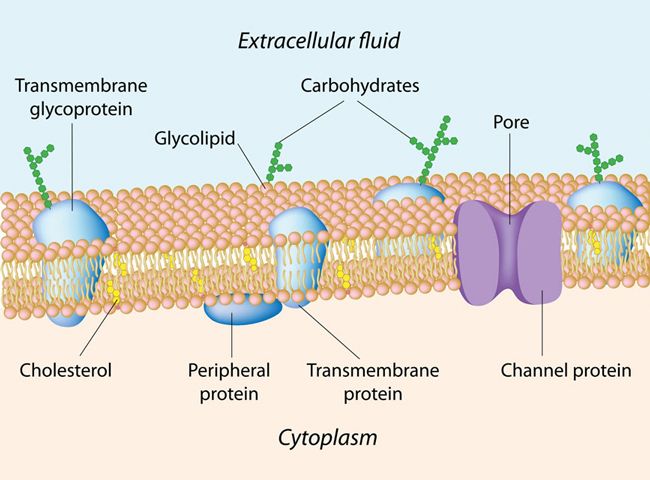Why is identical temperature at collection and evaluation so important?
Freshly ejaculated boar spermatozoa are highly sensitive to cooling and quick dilution. The first 10 to 15 minutes following semen collection are especially important as the spermatozoa are busy with adapting to the new seminal plasma environment. Any change of temperature in this time lapse can be detrimental for their fertilizing capacity, even though a decline in motility or membrane integrity might become visible only after some days of storage.
The ejaculated sperm cells are also exposed to dozens of seminal plasma components which stimulate motility and prepare them for the race to the egg. During this process the formerly immotile epididymal sperm undergo a cascade of motility stimulating reactions rendering them highly susceptible to any additional stress. Particularly seminal plasma proteins trigger changes in the sperm membranes to establish the final functionality of the plasma membranes.
This process of reorganization of the membrane structure must not be disturbed and must be completed before the sperm cells can withstand further stress situations such as dilution and temperature changes. Recent research results indicate that the sperm plasma membrane needs some minutes to reorganize itself after a stress caused by temperature change or dilution.
Furthermore, it is also well known that undue chilling creates alterations in the most diverse aspects of the sperm cells‘ household as there is for example intracellular pH or energy metabolism. These disturbances are more likely to happen in freshly collected ejaculates and can be observed as alterations of Ca2+- equilibrium in the living cells.
In addition, temperature changes also alter the membrane permeability for ions like sodium (Na) and potassium (K) by affecting their highly temperature sensitive transport mechanism, the so-called Na/K-pump. This results in a continuous leakage of potassium, putting cell survival into danger due to a lack of intracellular potassium.
Because of the above-mentioned events during and immediately after ejaculation, isothermal conditions during collection and the first 15 minutes after ejaculation are fundamental to preserve the full fertilizing capacity of the semen. That´s why boar semen must be collected into insulated collection vessels which are pre-warmed to +38°C prior to collection.
Once the ejaculate has arrived in the lab, sample preparation for the semen analysis must be done with isothermal extender. At this step the sperm cells suffer their second dilution shock which becomes more visible with increasing dilution rates. It is therefore also advisable to let the sample rest a few minutes before measuring motility to visualize the full potential of the sample.
What happens during the first 15 minutes that makes temperature so crucial?
During ejaculation, the epididymal sperm cells experience their first dilution when they are extended by the secretions of the accessory glands which in the boar represent a large volume. Beside the dilution stress, the epididymal sperm cells must up also with a first temperature change when the „cool” sperm rich fraction of epididymal semen is mixed up with the warmer secretions of the accessory glands.The ejaculated sperm cells are also exposed to dozens of seminal plasma components which stimulate motility and prepare them for the race to the egg. During this process the formerly immotile epididymal sperm undergo a cascade of motility stimulating reactions rendering them highly susceptible to any additional stress. Particularly seminal plasma proteins trigger changes in the sperm membranes to establish the final functionality of the plasma membranes.
This process of reorganization of the membrane structure must not be disturbed and must be completed before the sperm cells can withstand further stress situations such as dilution and temperature changes. Recent research results indicate that the sperm plasma membrane needs some minutes to reorganize itself after a stress caused by temperature change or dilution.
Furthermore, it is also well known that undue chilling creates alterations in the most diverse aspects of the sperm cells‘ household as there is for example intracellular pH or energy metabolism. These disturbances are more likely to happen in freshly collected ejaculates and can be observed as alterations of Ca2+- equilibrium in the living cells.
In addition, temperature changes also alter the membrane permeability for ions like sodium (Na) and potassium (K) by affecting their highly temperature sensitive transport mechanism, the so-called Na/K-pump. This results in a continuous leakage of potassium, putting cell survival into danger due to a lack of intracellular potassium.
Because of the above-mentioned events during and immediately after ejaculation, isothermal conditions during collection and the first 15 minutes after ejaculation are fundamental to preserve the full fertilizing capacity of the semen. That´s why boar semen must be collected into insulated collection vessels which are pre-warmed to +38°C prior to collection.
Once the ejaculate has arrived in the lab, sample preparation for the semen analysis must be done with isothermal extender. At this step the sperm cells suffer their second dilution shock which becomes more visible with increasing dilution rates. It is therefore also advisable to let the sample rest a few minutes before measuring motility to visualize the full potential of the sample.
Take home messages
- Collect boar semen into insulated collection vessels pre-warmed to +38°C
- Prepare samples for analysis with isothermal extender
- Let the sample rest a few minutes before measuring motility














